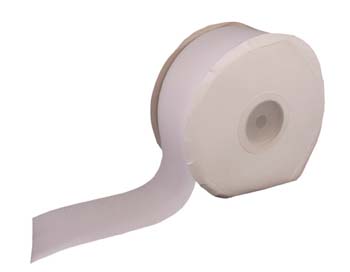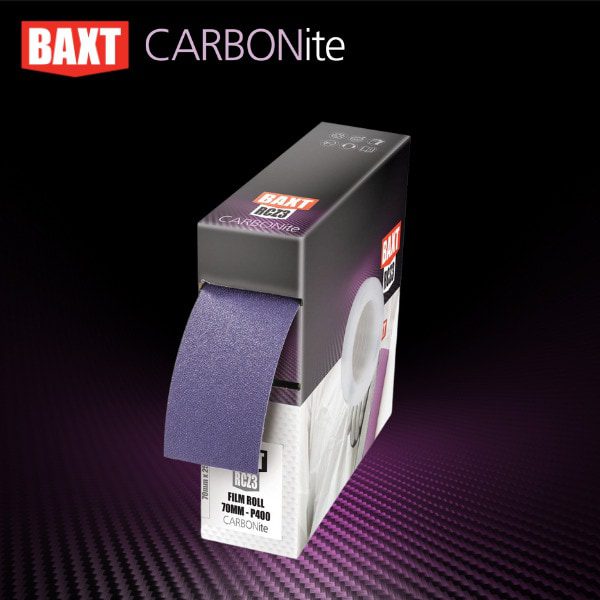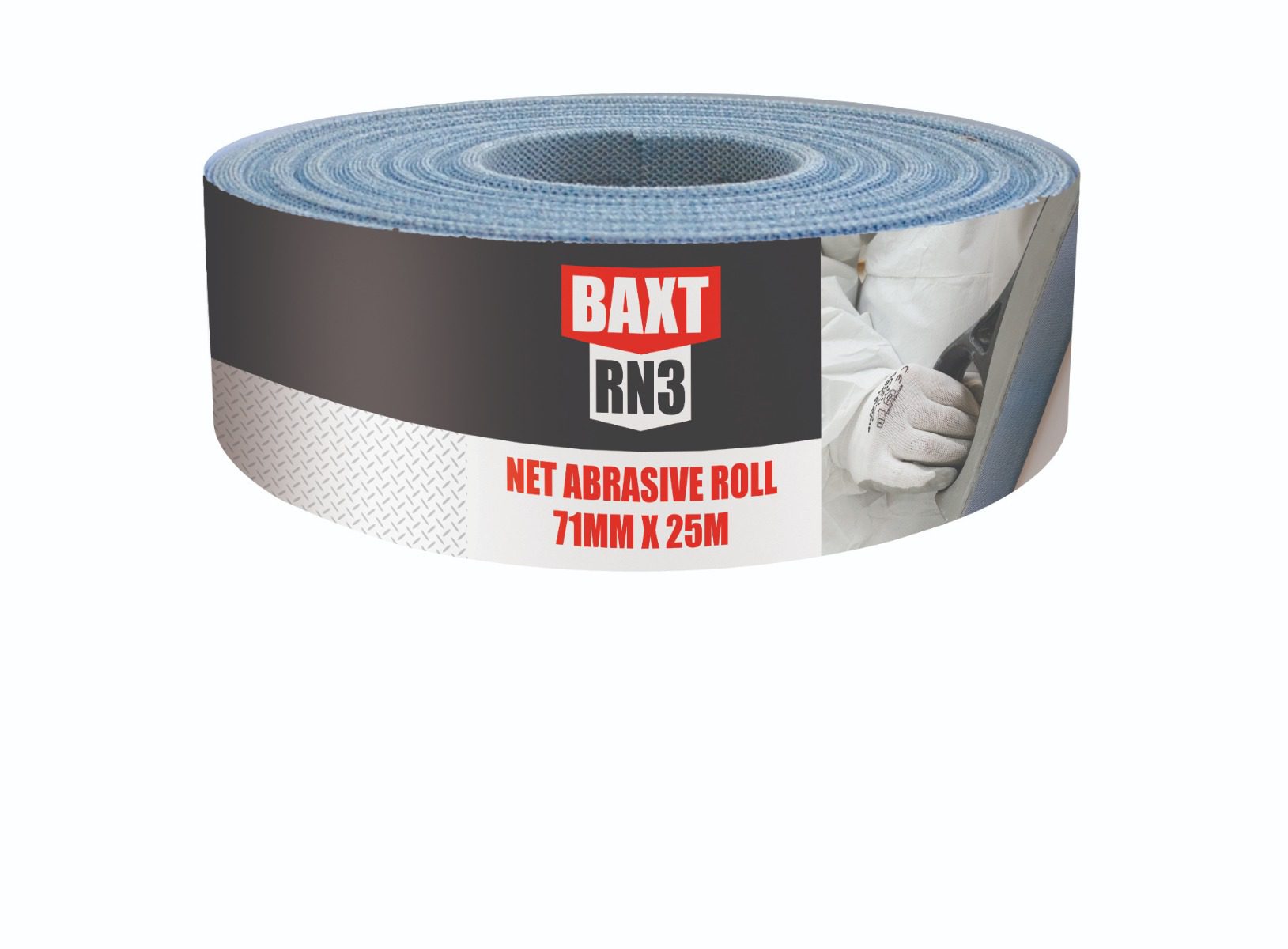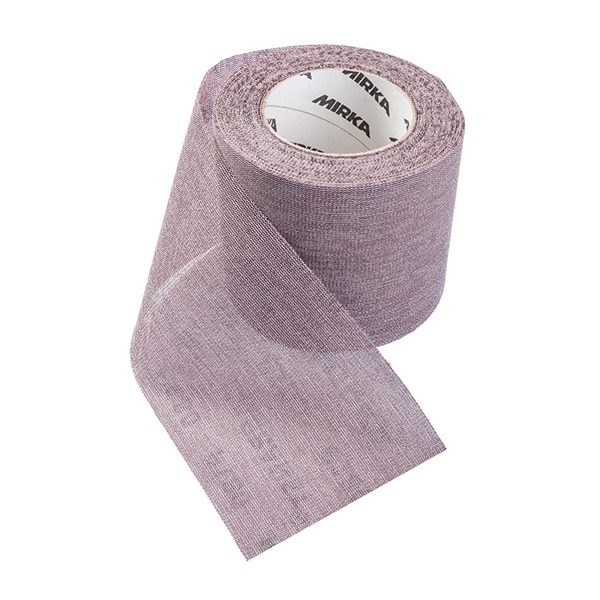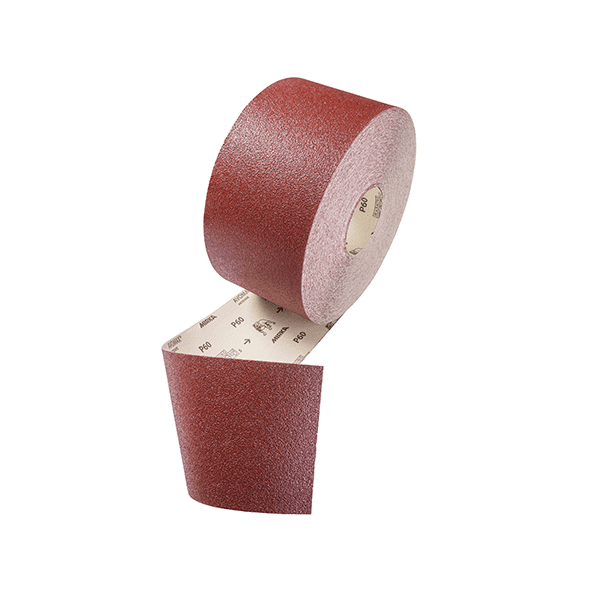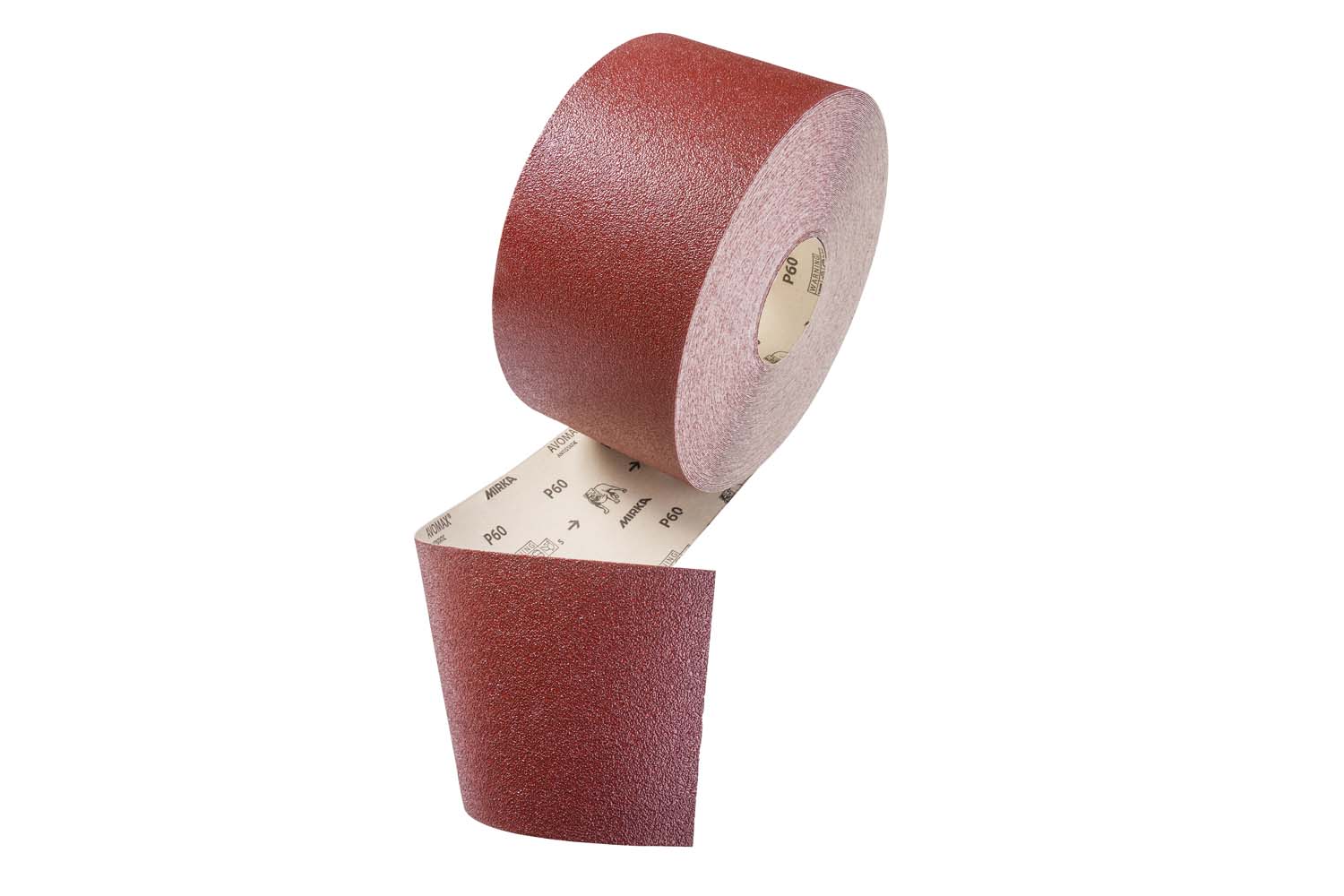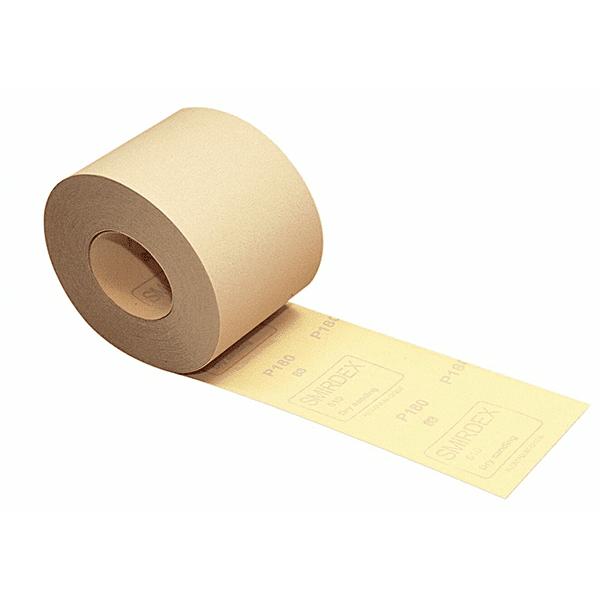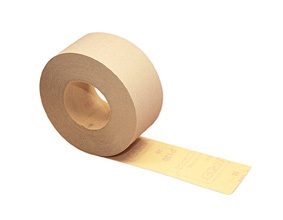Self Adhesive Backed Velcro Roll – 25m
From £72.10£86.52
SKU: VEL115-25- Self adhesive
- 25m roll
- Hook and loop
Availability: 5 in stock (can be backordered)
| Quantity | Price |
|---|---|
| 1 - 2 | £72.10£86.52 |
| 3 - 5 | £68.48£82.18 |
| 6+ | £64.89£77.87 |
- Key Information
Self-adhesive velcro hook and loop roll. This product allows conversion of self-made fairing boards to take velcro backed abrasive paper.




